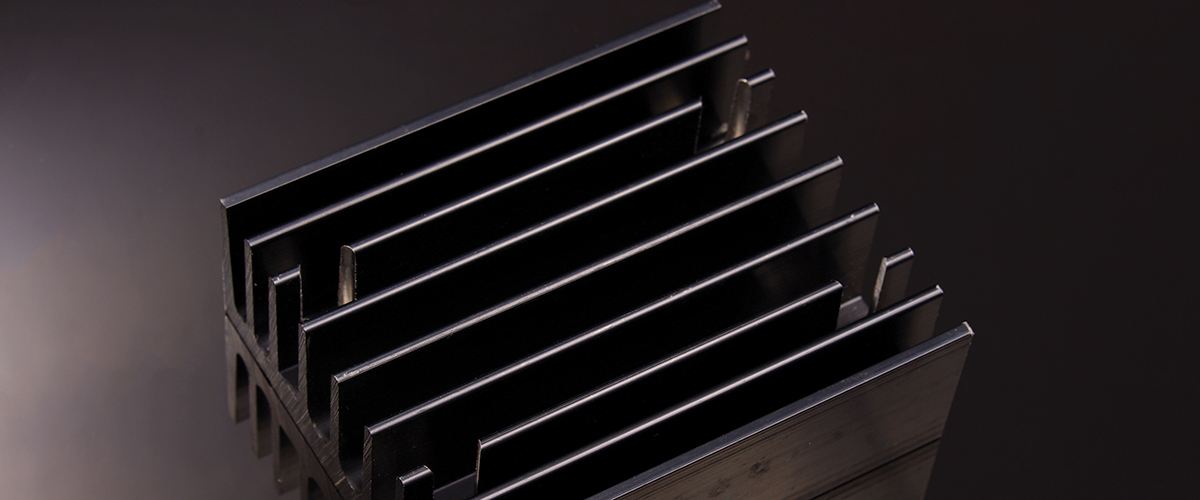common question in new product development is, “How do I properly ground the heatsink?”
WARNING: This could spell disaster. I have witnessed first-hand where installing a heatsink (first believed to improve margin for RE) caused a product that initially passed Class B by a couple of dBs to fail Class A by over several dB! This likely occurred because, with the installation of the metal heatsink, internal IC currents were allowed to parasitically couple onto the heatsink, and in turn, the heatsink performed just like an efficient antenna, radiating (or re-radiating, if you will) HF from the IC and allowing RE limits of the test to be exceeded.
Pro Tip: As technology progresses, the frequencies we’re dealing with also increase. This means the heatsink size becomes electrically larger, resulting in a more efficient radiator. Carefully planned and designed heatsink grounding is mandatory if it is to be effective at shielding these higher frequencies.

After reviewing Table 1, it becomes apparent that emissions levels are significantly impacted by the number of ground points installed between the heatsink and the GRP. Depending on the number of contact points, some emissions in specific frequency ranges go up, while at the same time, emissions go down in other ranges. The zero-, one- or two-point contact grounding scheme doesn’t buy you much, and the eight-point method buys you quite a bit. All configurations have a primary resonance that can be moved around if it also falls on the first or second harmonic of the process clock frequency.
- Archambeault, B.R., PCB Design for Real‑World EMI Control, Kluwere Academic Publishers, 2002
